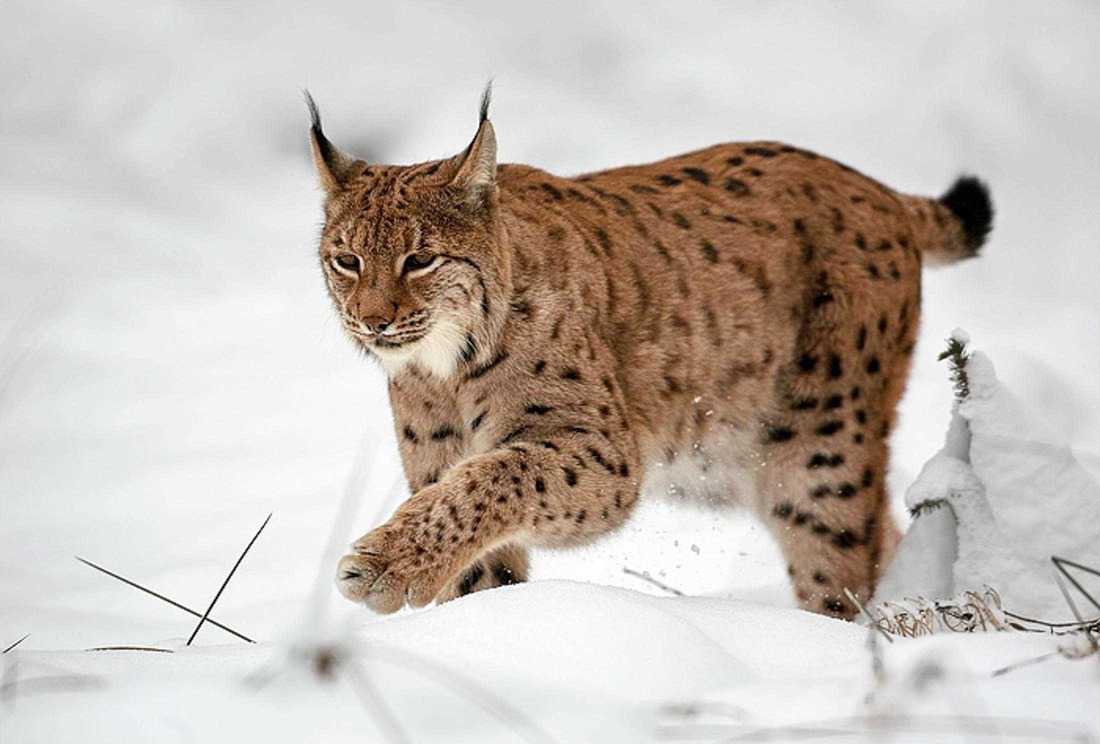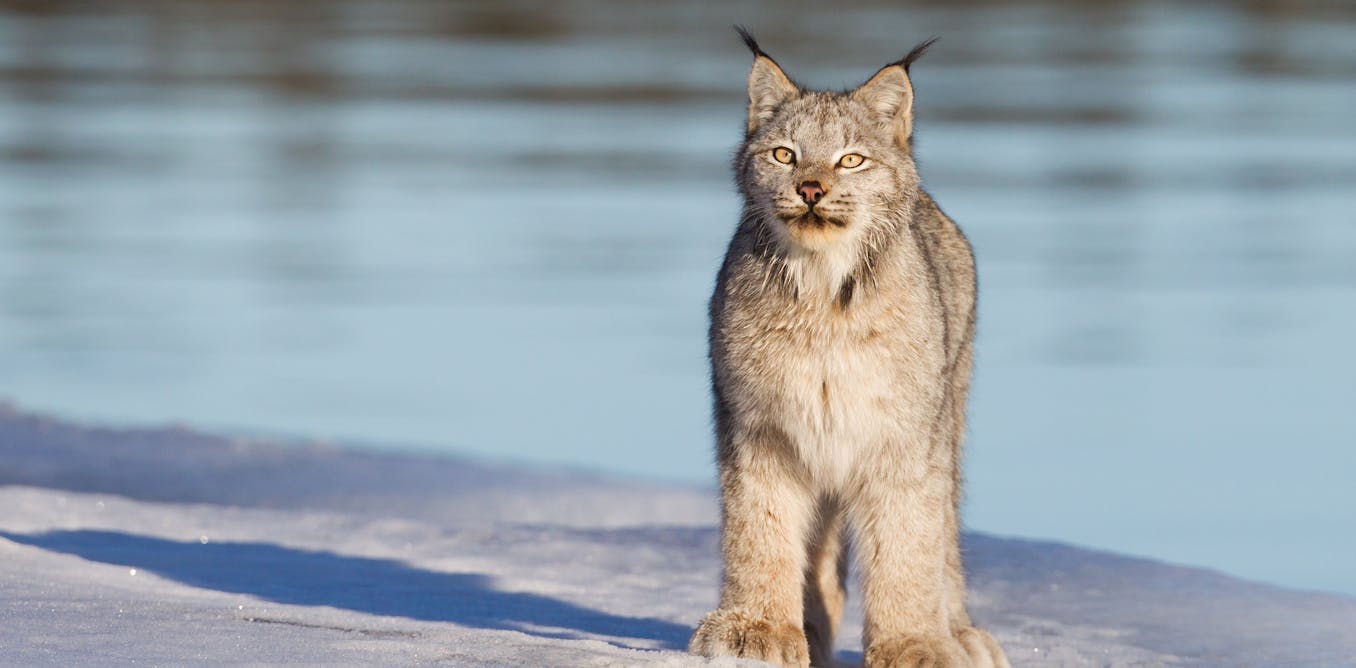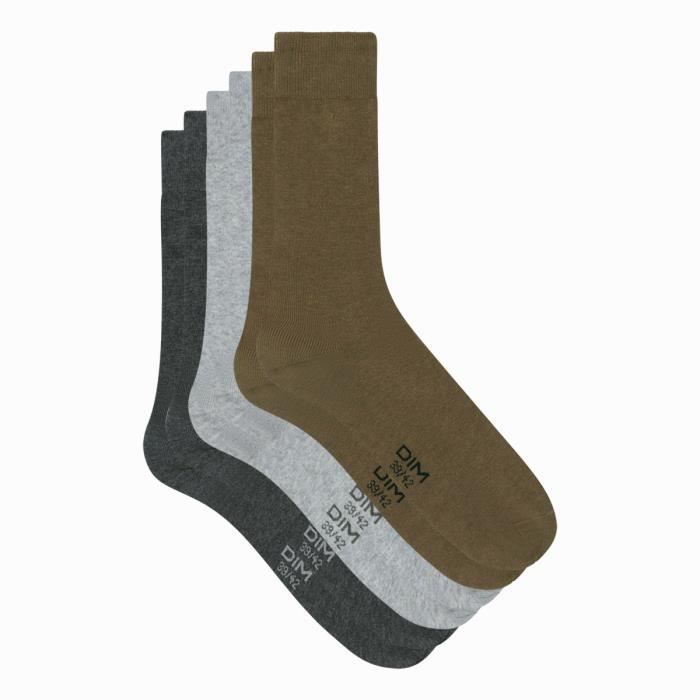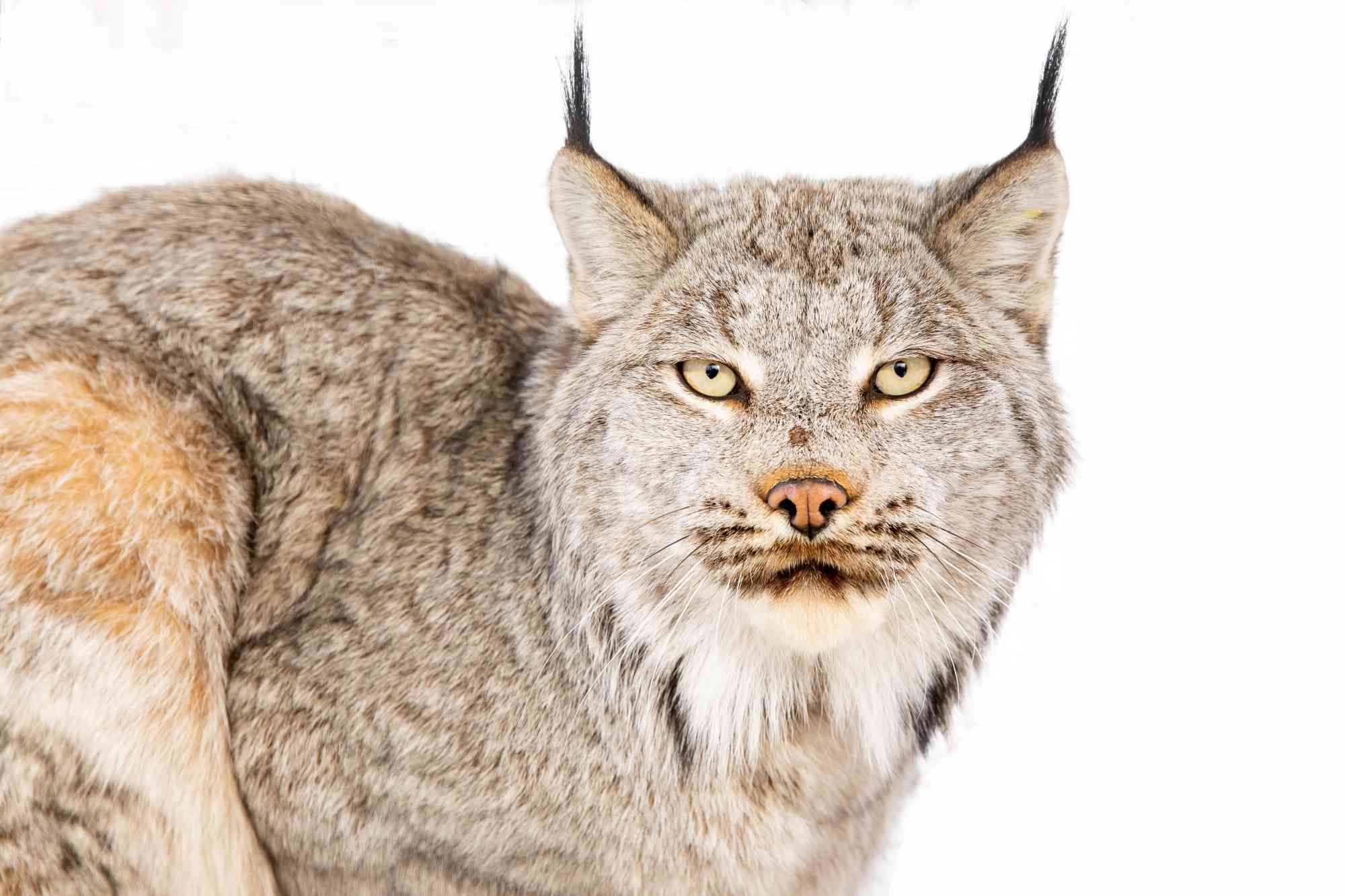
Canada Lynx Defenders of Wildlife
Canada lynx look similar to bobcats, but there are some distinguishing features: bobcats have shorter tufts on their ears, the tip of their tail is black on top and white underneath, and bobcats have shorter legs and smaller feet than lynx. Perhaps the biggest distinction is that lynx mostly occur only in northern states along the Canadian border or in mountainous regions, while bobcats range across almost the entire Lower 48 states. Lynx, like other forest hunters, play an important ecological role. As a mid-size carnivore, lynx target smaller prey species that reproduce relatively quickly. They also require a mixed habitat that includes younger forests with thick vegetation for hunting small prey, and older forests with a full canopy and good cover for denning.
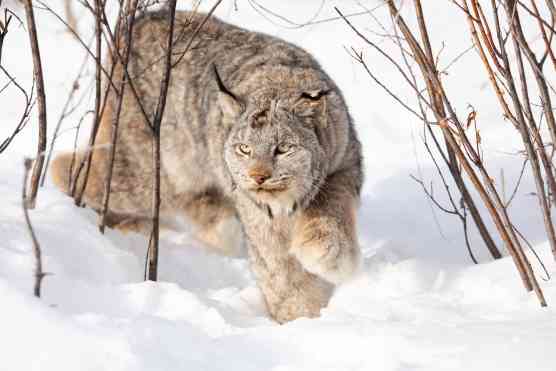
Canada Lynx Defenders of Wildlife

Defenders of Wildlife on X: Canada #lynx look similar to #bobcats, but there are some distinguishing features: Bobcats have shorter ear tufts, the tip of their tail is black on top
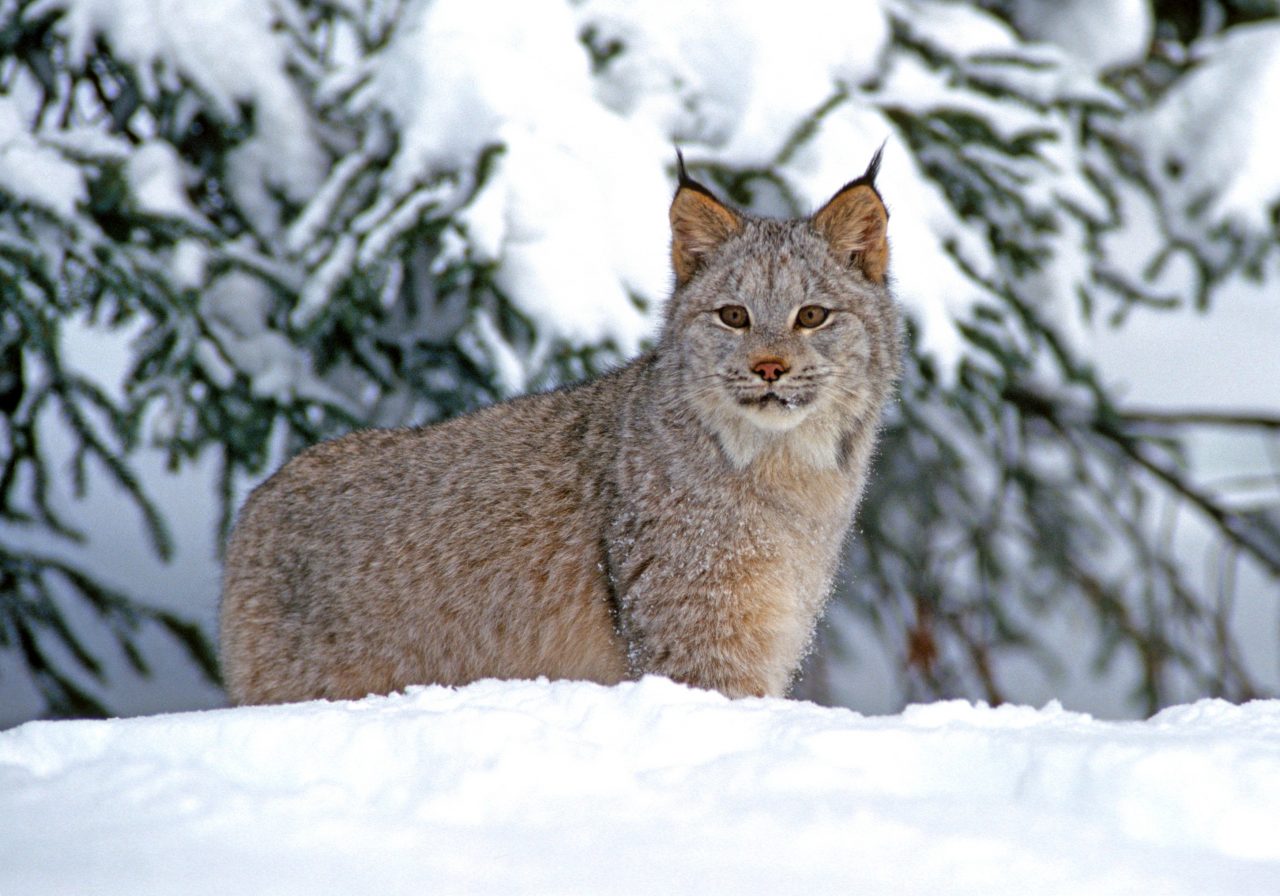
Canada Lynx Conservation Northwest
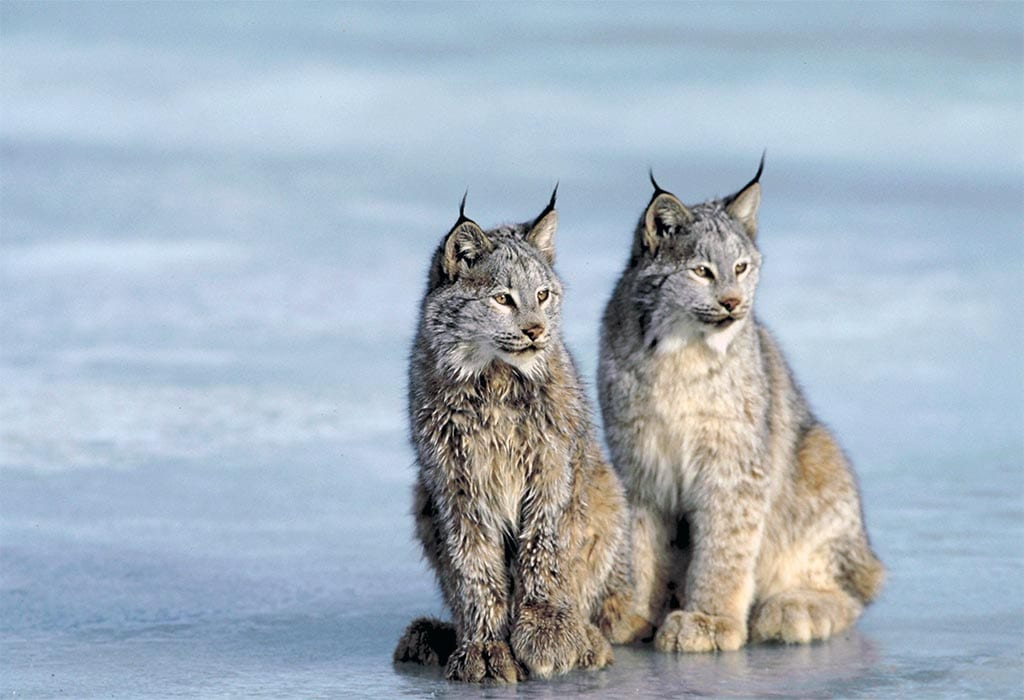
Victory for Canada Lynx, Brave New Wild

Republicans target Endangered Species Act for big changes
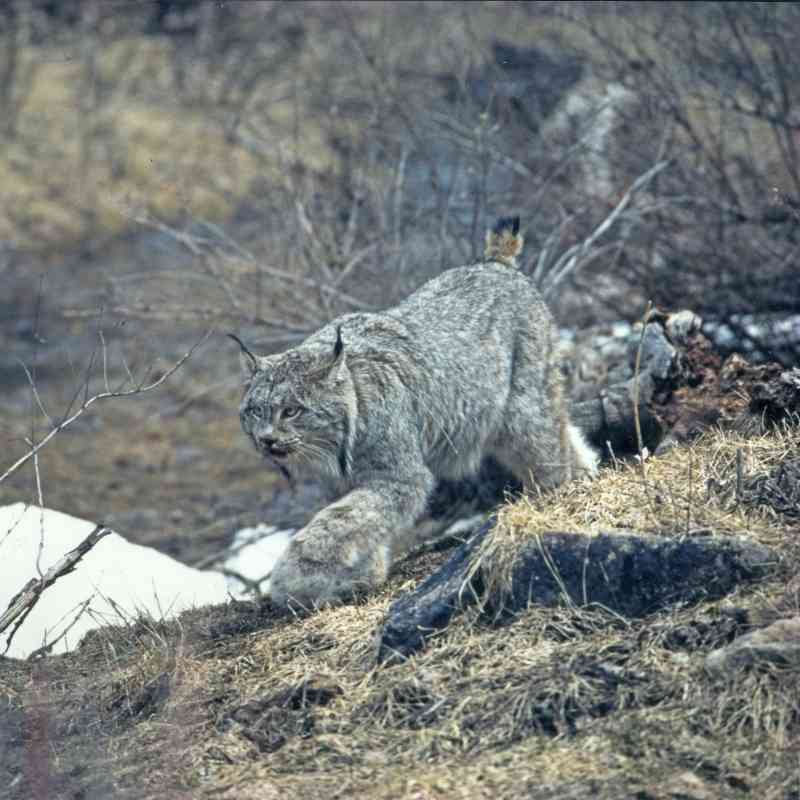
Canada Lynx Defenders of Wildlife

Re-entry to civilization from the Alaskan wilderness
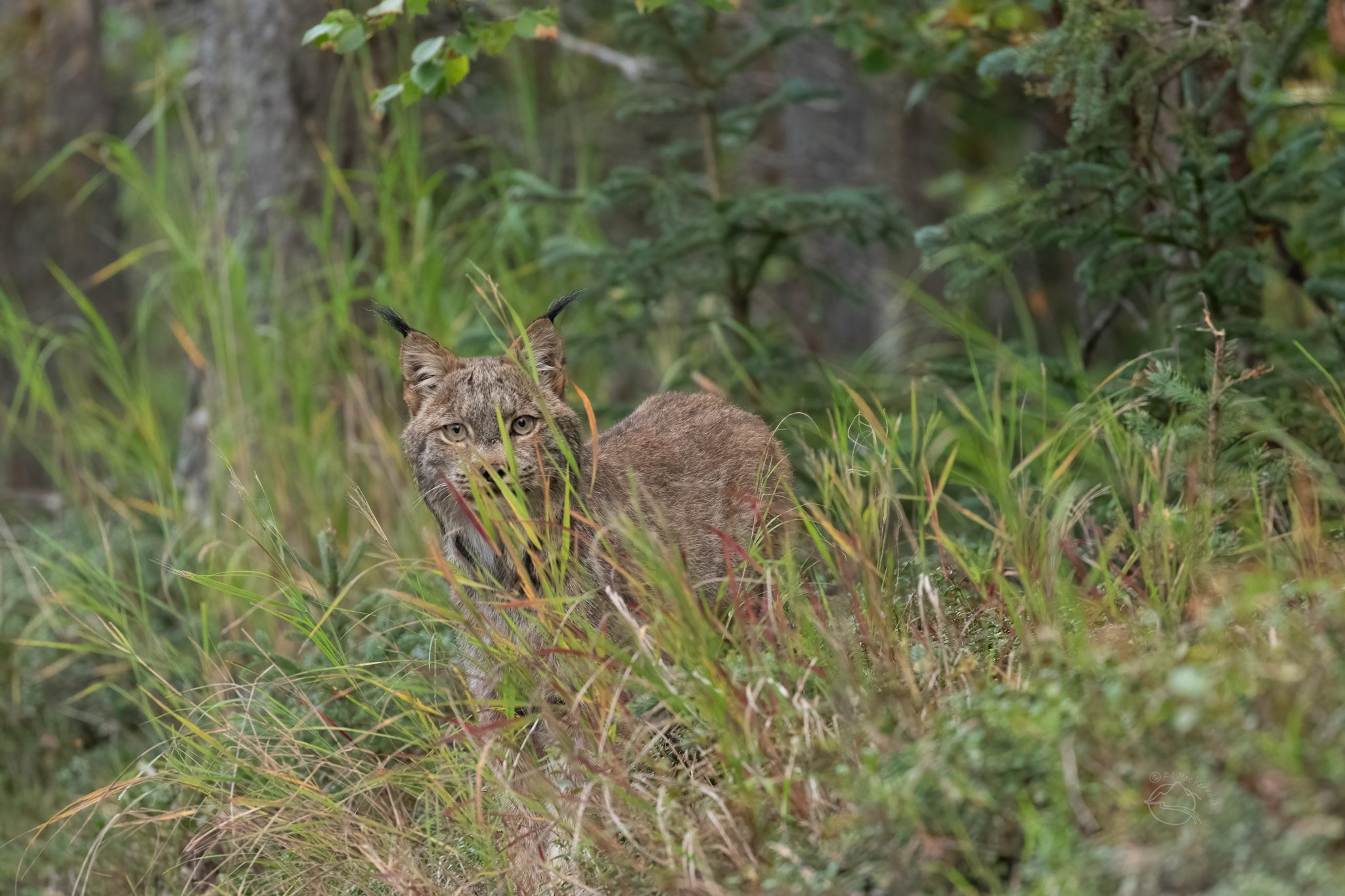
Peak of the Lynx Cycle - In Light of Nature

Trump Admin Announces It Will Strip Canada Lynx of Endangered Species Protection - EnviroNews

Worth Defending Defenders of Wildlife
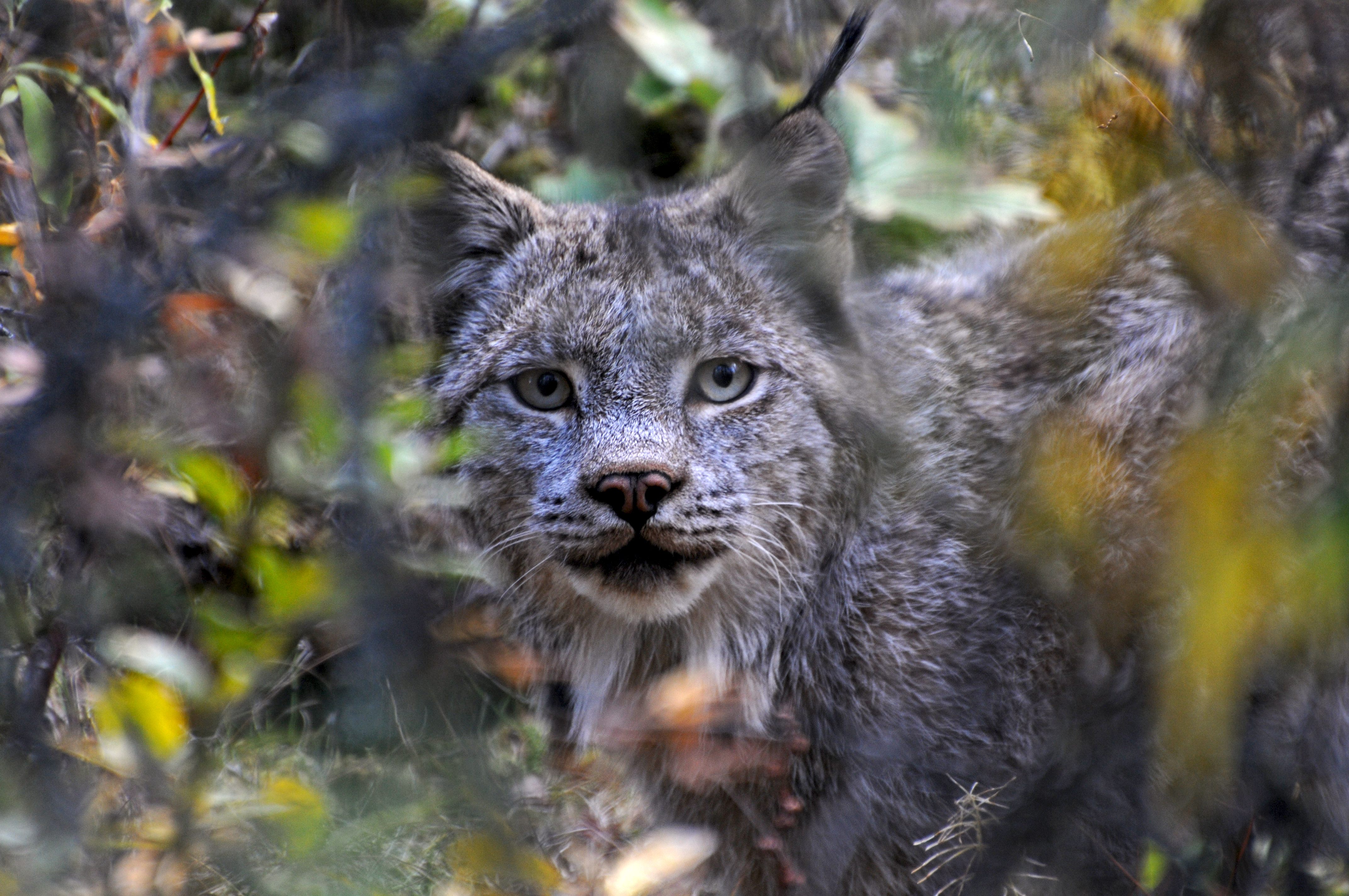
Canada Lynx Defenders of Wildlife

Canadian Lynx Felidae Conservation Fund

Stop Extinction: Cottonwood Rider, by Defenders of Wildlife, Wild Without End


